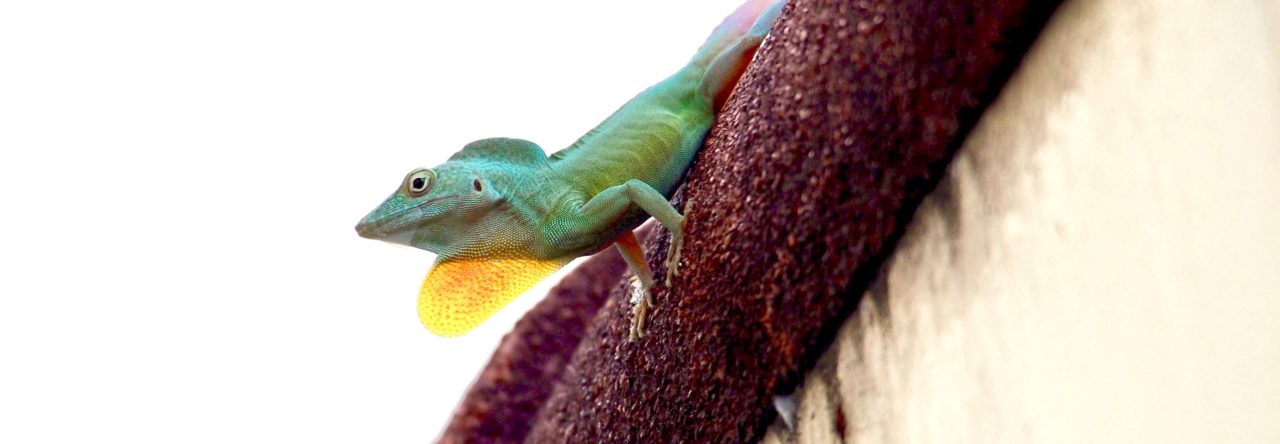An exciting week in the Revell Lab, we received our order of 20 poles from Cabelas, and I picked up our new custom portable x-ray system in Newark yesterday.
The use of x-ray technology has been mentioned previously in AA- here, here , here, here, and here. The Losos Lab has used a similar portable x-ray system for the last several years with great success, and so we have obtained our own unit. One of the great advantages of these systems is that they allow researchers to gather highly detailed morphological data without harming the lizards and without using tedious methods such as dissection. The animals are simply anesthetized, imaged, and released after recovery. The Revell Lab has grand aspirations for our system- our graduate student Kristin Winchell plans to use it this summer in her studies of Anolis urban ecology.
















